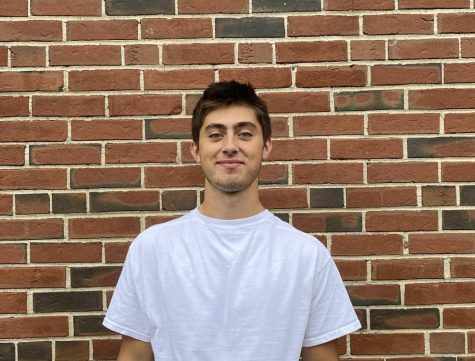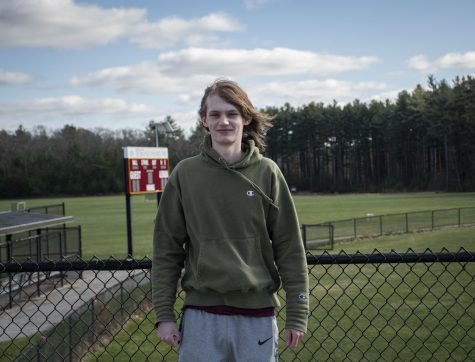Breakout rooms promote personal settings, student participation
Though student engagement can be limited in remote learning environments, breakout rooms have been helpful for personal one-on-one meetings and working in in smaller groups.
January 28, 2021
As classrooms have turned into computer screens, teachers and staff have been forced to find creative ways to engage students through the use of breakout rooms on Zoom.
Since the March shutdown due to COVID-19, students and teachers have been learning and teaching through Zoom meetings for at least part of each week, and participation amongst students has diminished.
Instructional Technology Specialist Brian Calnan has been advising teachers on how to get the most out of Zoom’s features.
“There’s been a couple hiccups and scattered tech issues here and there but overall I think [remote learning] has gone pretty well, especially considering the situation we’ve been handed,” Calnan said.
Calnan believes that through the use of breakout rooms and Zoom’s other features, remote learning can be a mere speed bump in the road.
“As a student if you’re in a group with twenty five other students it’s hard to read when you can participate, even if you want to,” Calnan said. “That dynamic is tough and breakout rooms provide a solution.”
According to a Harbinger survey of 262 students conducted through Google Forms from Dec. 7 to Dec. 12, 66 percent of students said they were likely or very likely to turn on their microphones when entering a breakout room. The same survey showed students were twice as likely to participate in a breakout room compared to a full class Zoom.
“I think I’ve set up some norms in my class that it’s a little more normal to have your camera on.….it’s very hard to have any sort of interactive conversation if not only am I staring at black screens but people’s peers are staring at black screens, because you can’t read a person at all,” English teacher Lindsay Coppens said.
Coppens has been teaching fully remote during hybrid learning and is grateful for breakout rooms even though she knows they can be difficult sometimes.
“There’s definitely some classes that I’ve had to do some begging and pleading at times…,” Coppens said. “But I definitely try to plan ways [to get students to talk] knowing it’s harder for students to participate in this environment.”
Social studies teacher Kristin Turner is also trying to think outside the box and mold her lessons to this new form of teaching. Turner ran a “speed dating” exercise in which she had her students role play as different icons from history and used breakout rooms to set up rotating one-on-one meetings.
“I think it’s a distant second to learning traditionally but it’s been fine…there’s lots of collaborative activities we can do,” Turner said. “In class it could have been more fun with snacks and music, but we were still able to use breakout rooms to do an activity on Zoom that would have happened in person.”
Turner also helped run a seminar with international journalists interacting with students through a Zoom meeting earlier in the year. Through the use of breakout rooms, students were able to gain a personal and interactive experience by learning from professionals in the field.
“I think it provided an even more intimate setting in some cases because if we had been 75 people in the library with a bunch of journalists sitting up front you would’ve had less one-on-one interaction whereas because we were in breakout rooms I think students had more of an opportunity to interact,” Turner said.
As the condition of COVID-19 progresses in the area, teachers and staff will continue to work on new ways to teach students in this unfamiliar environment.
“I think it’s definitely a difficult situation, but I’ve seen a lot of development from teachers, especially from when we first went remote last year,” senior Luke Osetek said.











